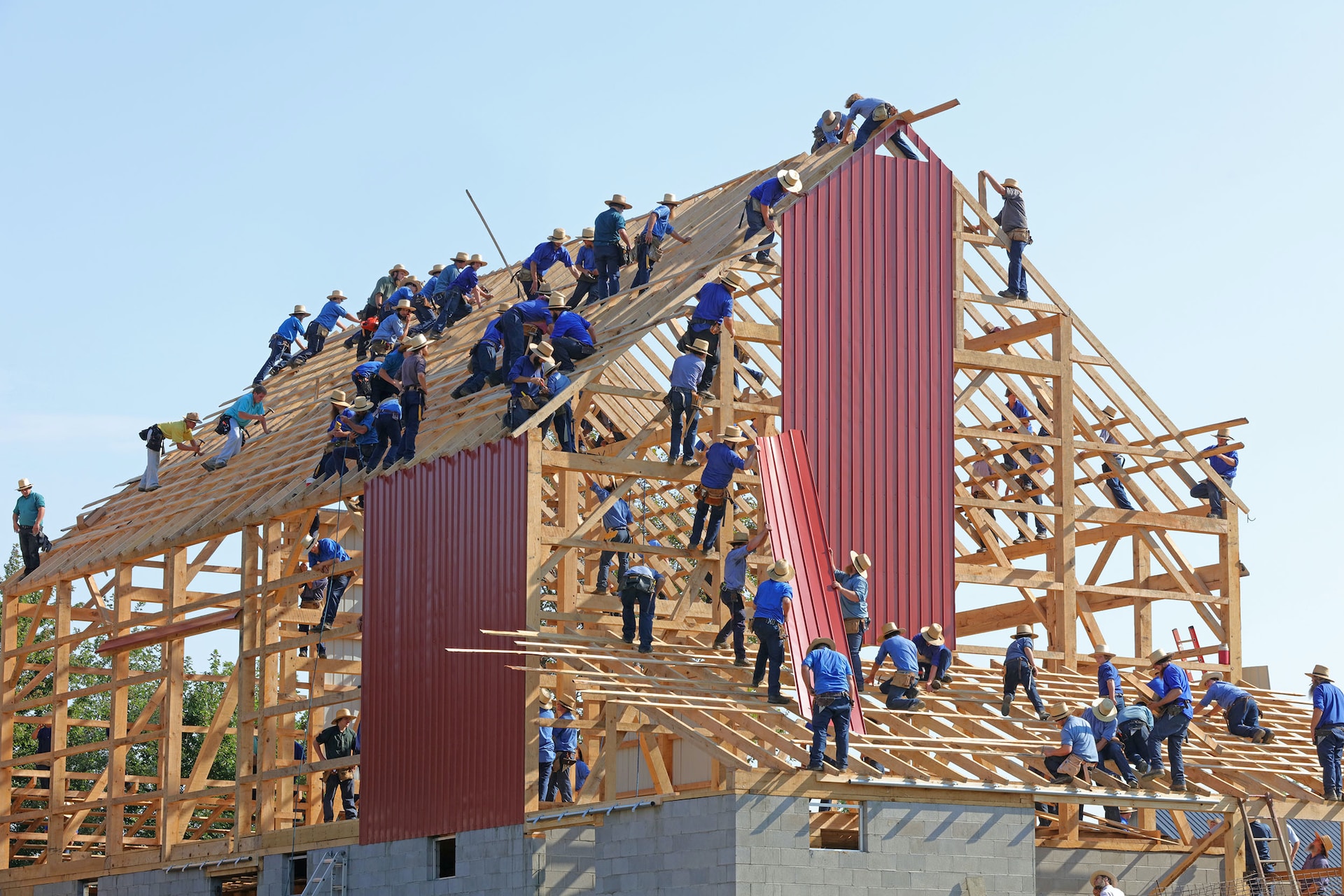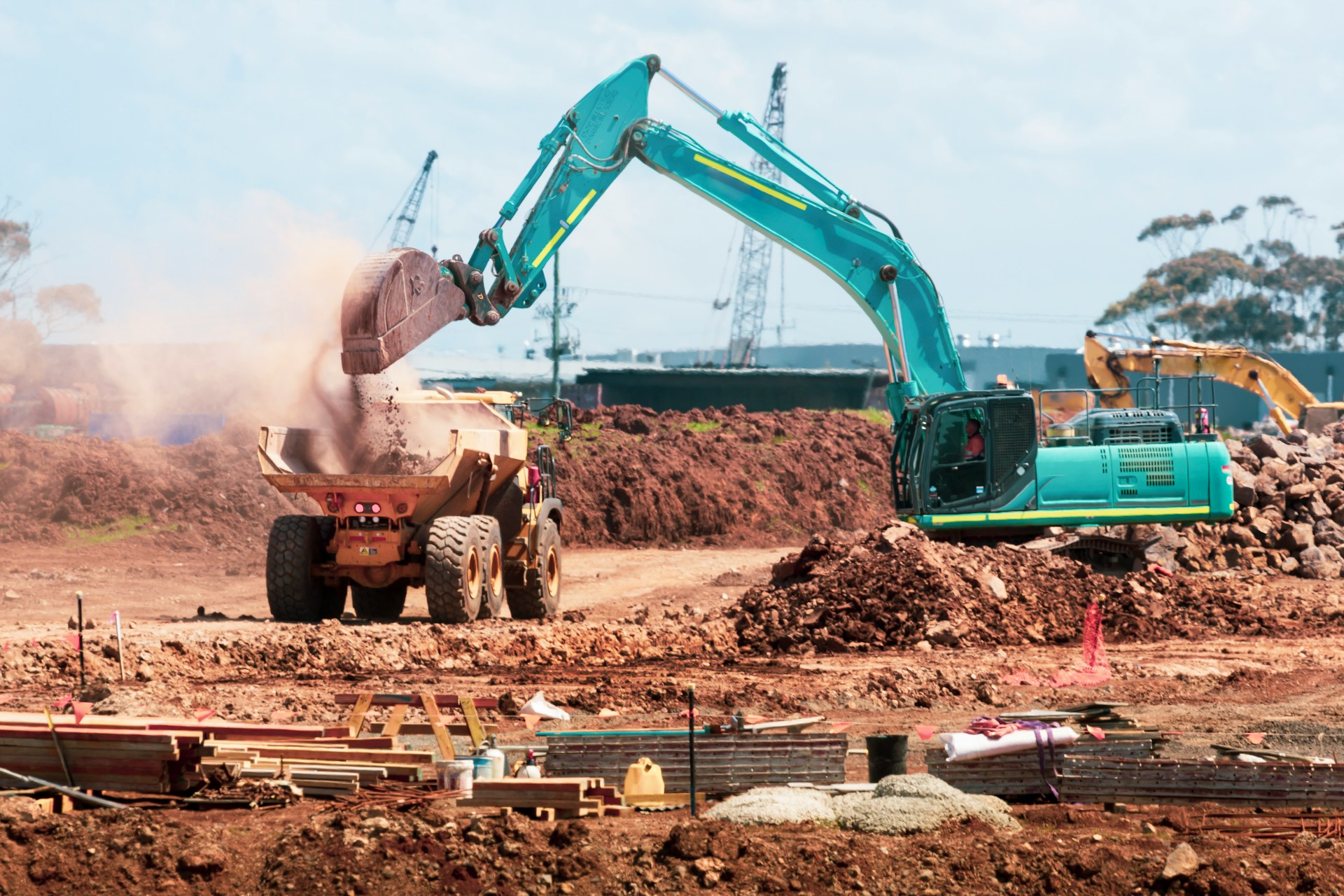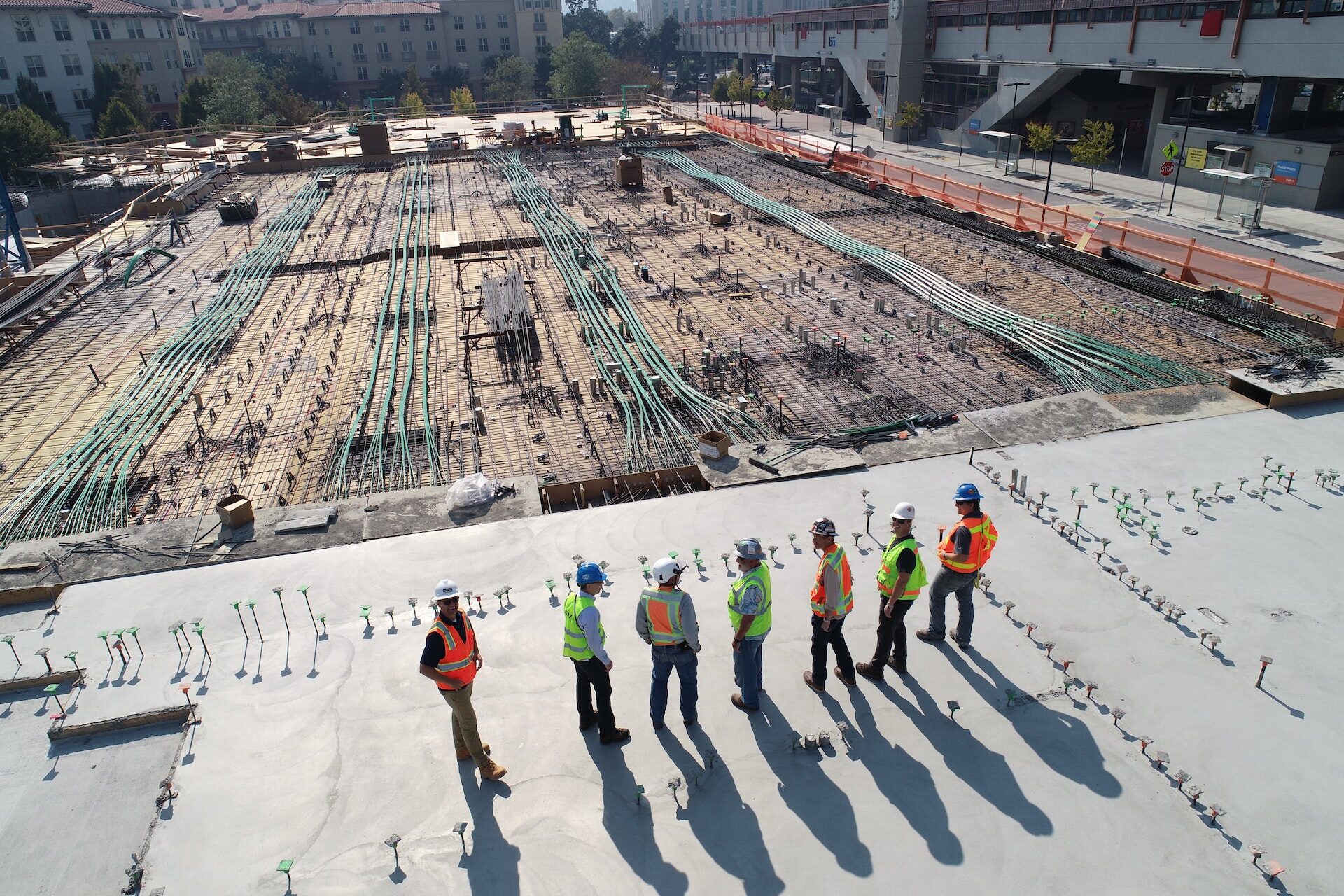
Increasing the Number of Women in Construction
June 27, 2023 - Ellie Gabel
Revolutionized is reader-supported. When you buy through links on our site, we may earn an affiliate commision. Learn more here.
It’s becoming more common to see women in construction roles, but there’s a lot of progress left to make. Females often experience gender-related difficulties in many careers, but that can be especially true in construction, which men still dominate. Let’s explore what construction companies and the industry at large could be more welcoming and appealing to women.
Foster an Inclusive Environment
Data from the United States Bureau of Labor Statistics (BLS) published in 2021 indicated that women are substantially underrepresented in construction. More specifically, only 10.9% of females work in the industry.
However, research published elsewhere by Associated Builders and Contractors revealed a massive labor shortage. It showed the construction industry would need to hire approximately 546,000 additional workers on top of their 2023 hiring plans. That’s the recommended way to meet the projected labor demand. Women could play a substantial role in addressing the shortage. However, construction firms and the people working there must collectively create an environment where women feel welcome, supported and valued.
Vicki O’Leary has more than three decades of experience as an ironworker and is Ironworkers International’s director of diversity. O’Leary recounted an eyebrow-raising situation during her time in the industry. During her first decade in the industry, she was working at height without fall protection when a colleague started jerking her cable and yelling at her. O’Leary was concerned about getting knocked off the building because the male colleague showed no respect for her life.
O’Leary also clarified that construction is hard work characterized by dirty sites and requirements to work in sweltering or frigid conditions. However, she believes the main reason women in construction choose not to stay is the hostile environment they encounter. That’s one of the reasons why O’Leary helped launch the “Be That One Guy” campaign, which encourages men working in construction to stand up against the harassment they see.
O’Leary thinks the campaign will have a ripple effect that goes beyond women. When the construction industry is more inclusive and welcoming, everyone benefits. Another source showed efforts to increase women in construction caused more than a 50% jump in them taking those roles.
Train People to Work With New Technologies
New technologies are dramatically reshaping how people do their work. The construction industry was not an early adopter, but more companies within it are getting on board now. Decision-makers recognize that technology can accelerate workflows, keep projects on time and under budget and more.
One 2022 survey of women in construction indicated technology was a major factor in helping respondents improve their outcomes. More specifically, when asked about the impact of construction technologies on their work, 95% of those polled said those options made them more productive. Additionally, 70% said they were excited to learn new technologies that would help them do their jobs.
The increased productivity is notable since 53% of respondents said the construction labor shortage makes projects take longer. If technology makes people more productive when they use it, bringing it into the workflow is a great way to reduce the pressure individuals feel while working on construction sites.
Another takeaway was that 77% of the women in construction who responded to this survey believed technology would make their jobs easier. That’s something useful to keep in mind if construction company managers want to introduce more technology but meet resistance within the workforce.
Many people initially balk when being asked to change their ways. Humans like consistency, and they may be afraid of feeling unsettled when having to do things differently. However, if people know there’s a strong chance of their job improving once they learn the technology, they should be more upbeat about that prospect.
Become More Understanding of Family Needs
Things are changing, but many people still see women as the parties who bear the primary homemaking and child-rearing responsibilities. That reality came into focus during the COVID-19 pandemic, too. A survey from the United Kingdom showed women were more likely than men to take on the duties of caring for or teaching children at home during the health crisis.
An unfortunate reality for a quarter of women in construction was that they experienced disciplinary action for needing to leave work to deal with family emergencies. However, only 4% of women did while employed in managerial, technical or administrative positions.
One of the challenging things about the construction industry is that it often has time-sensitive projects. So, it’s not always easy for project managers to cope with too many workers needing time off at once.
However, people in positions of authority must try to understand what it’s like for people going through genuine emergencies. These individuals aren’t requesting time off because they’re tired. Instead, they’re facing crises that affect immediate family members.
That means disciplinary action is almost always unwarranted. Instead, it’s best to treat every instance on a case-by-case basis, taking the time to listen to the details of individual situations. The affected parties can then all work together to develop mutually beneficial solutions.
Family-Related Challenges Impacting Considerations of Leaving the Industry
Being more understanding about family emergencies may seem like a relatively minor way to support women in construction. However, it’s a vital step in the right direction, and one that could lead to improved retention rates.
Consider how a 2022 survey of females in the construction industry with kids found many experienced issues related to parenting. For example, 38.1% said the difficulty in finding child care was a very important factor influencing them to potentially leave the industry. Another 31% said it was somewhat important.
Then, 30.8% said the lack of pregnancy accommodations was a very important factor as they pondered whether to leave the construction sector. Then, 32.6% considered it somewhat important.
Getting decision-makers to be more supportive of women in construction in these ways will take time. But, making progress could result in long-term changes. When women feel their industry supports their family needs, they’ll be more likely to stay in the industry for the long term.
Many Ways to Assist Women in Construction
Enhancing opportunities for women in construction is a team effort. Additionally, no single strategy will work across the board. Instead, people will get better results when they remain open to various possibilities and become committed to implementing them at their respective companies.
Finally, leaders must get input from the women directly impacted by these initiatives. Getting feedback at all stages of the process will make it easier to create programs and organizational changes that are maximally beneficial to the people who need them.
Revolutionized is reader-supported. When you buy through links on our site, we may earn an affiliate commision. Learn more here.
Author
Ellie Gabel
Ellie Gabel is a science writer specializing in astronomy and environmental science and is the Associate Editor of Revolutionized. Ellie's love of science stems from reading Richard Dawkins books and her favorite science magazines as a child, where she fell in love with the experiments included in each edition.




